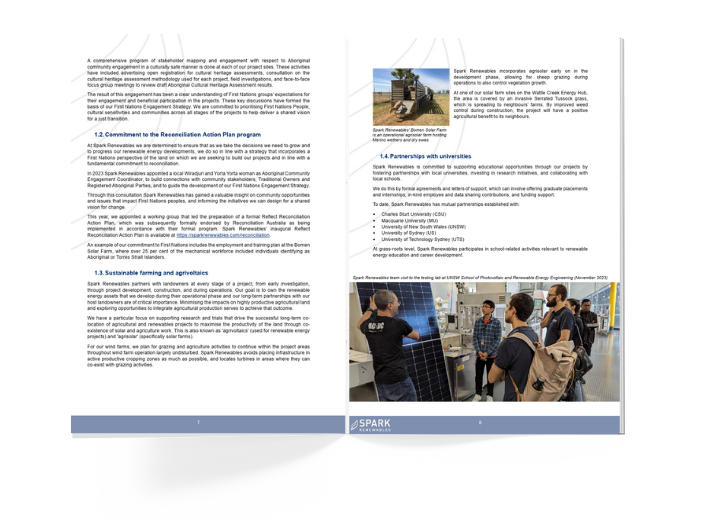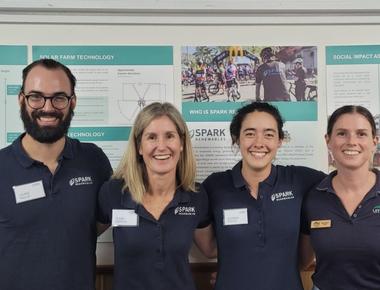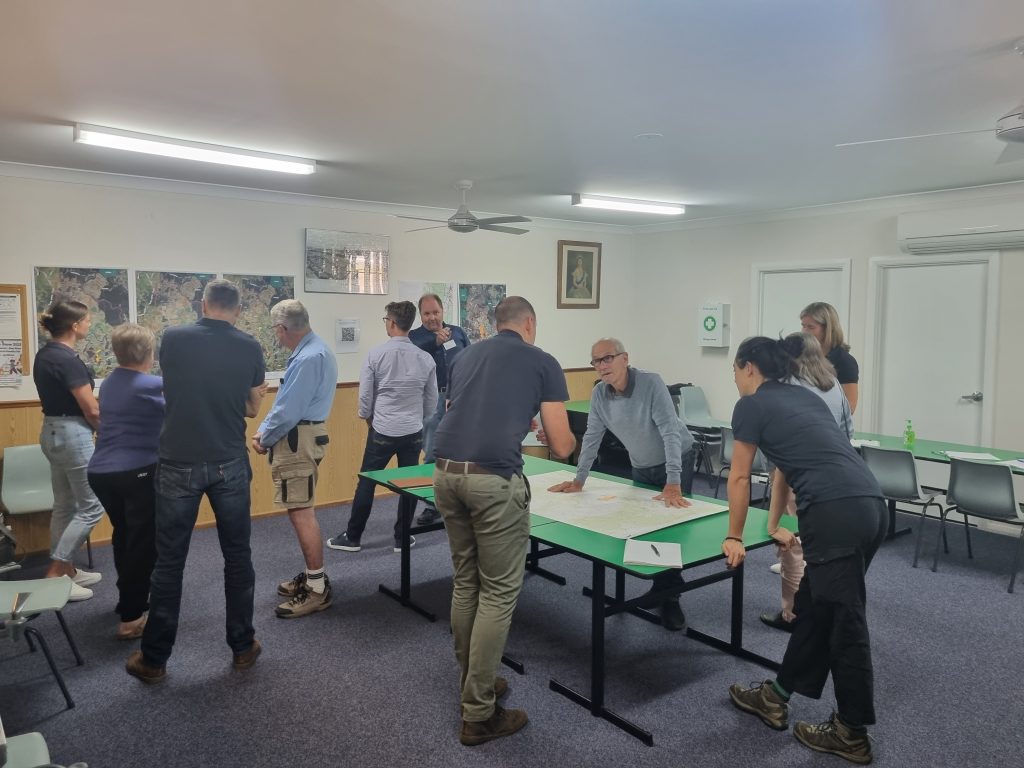Dinawan Energy Hub awarded 1GW Access Rights
Spark Renewables’ Dinawan Energy Hub awarded access rights in the South West REZ
Spark Renewables, a leading Australian developer and owner of renewable energy assets, is delighted to announce that its flagship Dinawan Energy Hub project, located in the South West Renewable Energy Zone (REZ), has been awarded ~1 gigawatt (GW) of access rights by EnergyCo. Dinawan Energy Hub is one of four successful projects to be awarded access rights through the competitive process conducted by AEMO Services Limited under the NSW Government’s Renewable Energy Zone access scheme.
Access rights awarded to the Dinawan Energy Hub include 707 megawatts (MW) of wind, 300 MW of solar, and a 300 MW / 1,200 MWh battery energy storage system (BESS), which will collectively power the equivalent of 500,000 Australian homes per annum.
Dinawan Energy Hub is adjacent to Transgrid’s Dinawan Substation, providing an advantage through its proximity and direct connection to grid infrastructure, helping to deliver lower costs to energy users and support the state’s transition to a modern, clean energy future.
The Dinawan Energy Hub is set to create around 1,200 construction jobs and over 50 long-term jobs, with a focus on upskilling and apprenticeship opportunities, and First Nations participation.
Spark Renewables has developed a benefit, upskilling and industry program worth over $100 million over the course of the project life, aimed at building community wealth, health and ‘renewables-readiness’.
Anthony Marriner, the CEO of Spark Renewables, said: “We identified the South West REZ as a high-quality opportunity early on in 2021, with excellent wind and solar resources, and well located in the middle of the National Electricity Market, capable of providing electricity to the major load centres. We have always had a high level of conviction relating to the South West REZ. Progressing this REZ is an important step forward in the clean and modern energy transition. Dinawan Energy Hub will create value for communities, businesses and industry partners while delivering reliable and affordable clean energy.”
“Furthermore, we are delighted to be partnering with Copenhagen Infrastructure Partners (CIP), who have an option to acquire a minority interest at financial close. CIP shares our sustainability ambitions and will be providing key input and support during the development stage.”
Mr Marriner said, “We have local delivery targets to ensure that the Dinawan Energy Hub contributes positively to the economy, ultimately fostering sustainable development and economic growth. The project will become a long-term user of products and services in the Riverina region and will be spending a significant amount on Australian-sourced content during construction and the project’s 35-year lifespan.”
“We have made over 30 commitments that support the clean energy transition through a community fund for local initiatives, advancing First Nations’ accessibility to workforce participation, and next-generation training and education opportunities.”
Spark Renewables is owned by Tenaga Nasional Berhad (TNB), the largest listed energy utility company in Southeast Asia, with a market capitalisation of ~A$28 billion.
“Dinawan Energy Hub will make an important contribution towards achieving TNB’s goal of installing 14.3 gigawatts of renewable energy capacity globally by 2050.”
“With TNB’s strategic direction to support energy initiatives globally, and their support for us as a business, we are able to continue our strategy to become a leading independent power producer by pioneering innovative, collaborative and responsible solutions when developing our energy and battery hubs.”
To sign up for project updates or find out more information, visit www.dinawanenergyhub.com.
ENDS
Contact:
info@sparkrenewables.com
Download full media release: Dinawan Energy Hub awarded access rights in the South West REZ
Dinawan Energy Hub awarded 1GW Access Rights Read More »




























